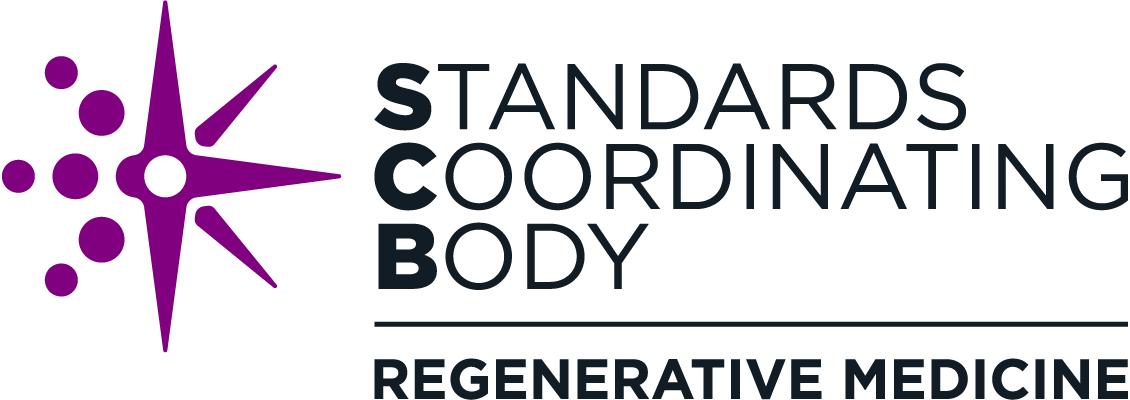SCB Perspectives: The Impact of Collaboration
When we look back on collective achievements of the regenerative medicine community over the past few years, we can’t help but be amazed at the progress that we have made together. A few months ago, we couldn’t have imagined anything but ongoing growth in the field.
However, with the crisis of the COVID-19 pandemic now upon us, we recognize that extraordinary times call for a shift in priorities. We must prioritize the safety and health of our staff and stakeholders first. While we continue to work on standards advancement, we will provide extra flexibility in meeting our stakeholders’ needs. Internally, we have restricted travel completely and have shifted to a remote work model. This model includes an emphasis on the use of social media, telecommunications, and other electronic means to continue our mission. We encourage everyone to check our website for updates and announcements as they become available.
Despite these challenges, we’d like to take a moment to reflect on what we have been able to accomplish together as a community so far.
The 21st Century Cures Act identified standards as a key means of accelerating the development of regenerative medicines and advanced therapies to enable patients to receive needed treatments more rapidly. The regenerative medicine community took this as a signal for us to join forces to work on shared issues. Now, only a few years later, when we talk to others in the regenerative medicine community and see the progress of the standards we are working on together, we can already see these efforts paying off.
Traditionally, it can take years to complete the initial three stages of standard advancement—identifying standards needs, prioritizing the needs that would have the greatest impact on the field, and assessing the feasibility of developing standards in those areas. But in our coordinated projects—in which members of the community have the chance to collaborate, share ideas, and troubleshoot problems—we have seen that timeline shrink significantly.
To us, this sends a powerful message about the impact of collaboration. We have been able to improve processes, drive efficiency, and broaden awareness of the benefits of standards. At the recent Phacilitate conference in January, this was a theme we kept hearing again and again. When we come together across different stakeholder groups—industry, academia, standards developing organizations, regulators—we ensure our efforts are coordinated and we all understand how our actions impact others in the space.
Regenerative medicine is an emerging, constantly evolving field with plenty of room for innovation. We have everything to gain from pre-competitive collaboration and knowledge sharing to help move the field forward. The more we can get people from disparate stakeholder groups moving in the same direction, the more rapidly we will be able to develop standards that improve safety, quality, and manufacturing efficiency of regenerative medicine products.
Great things happen when we work together!

